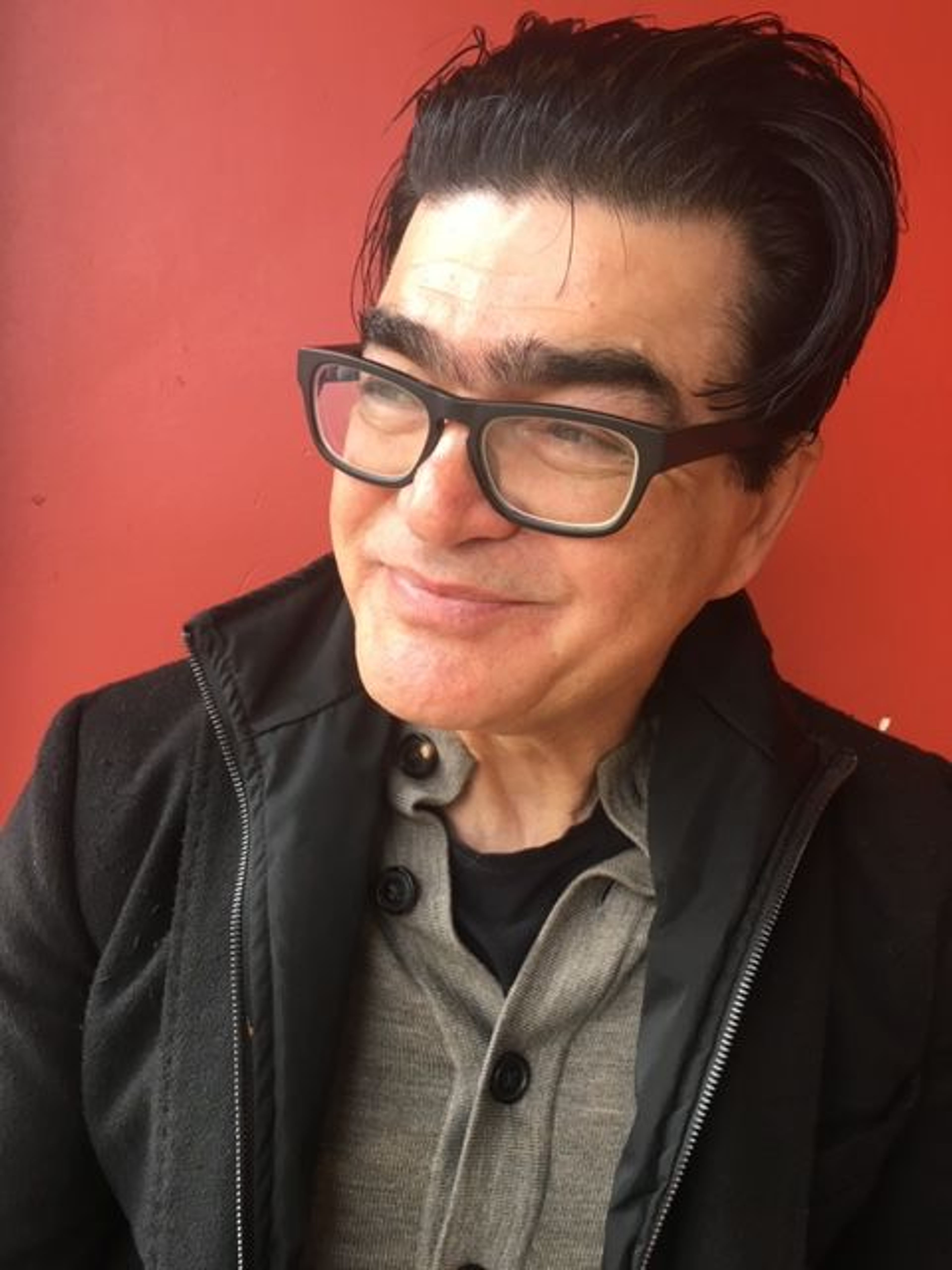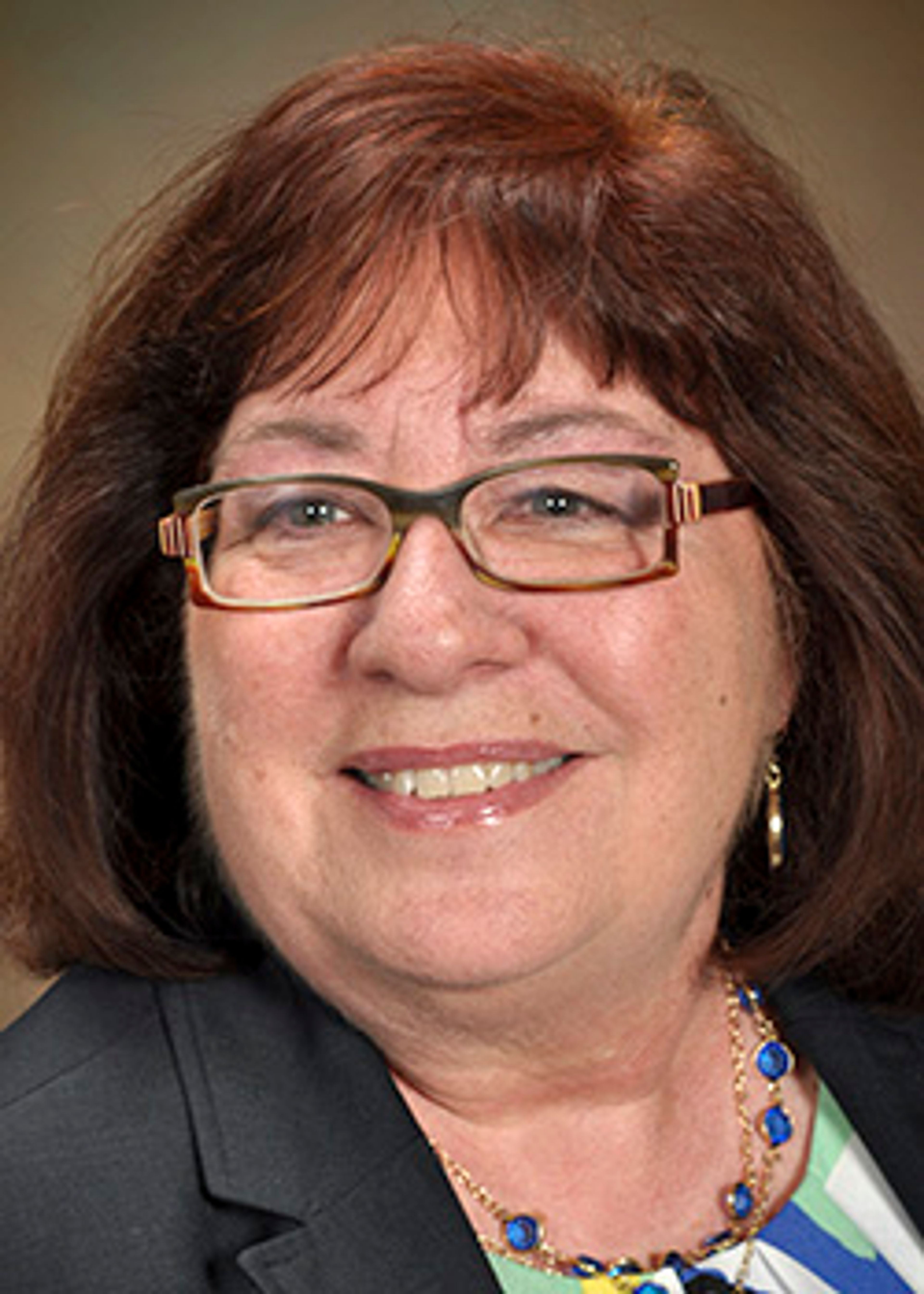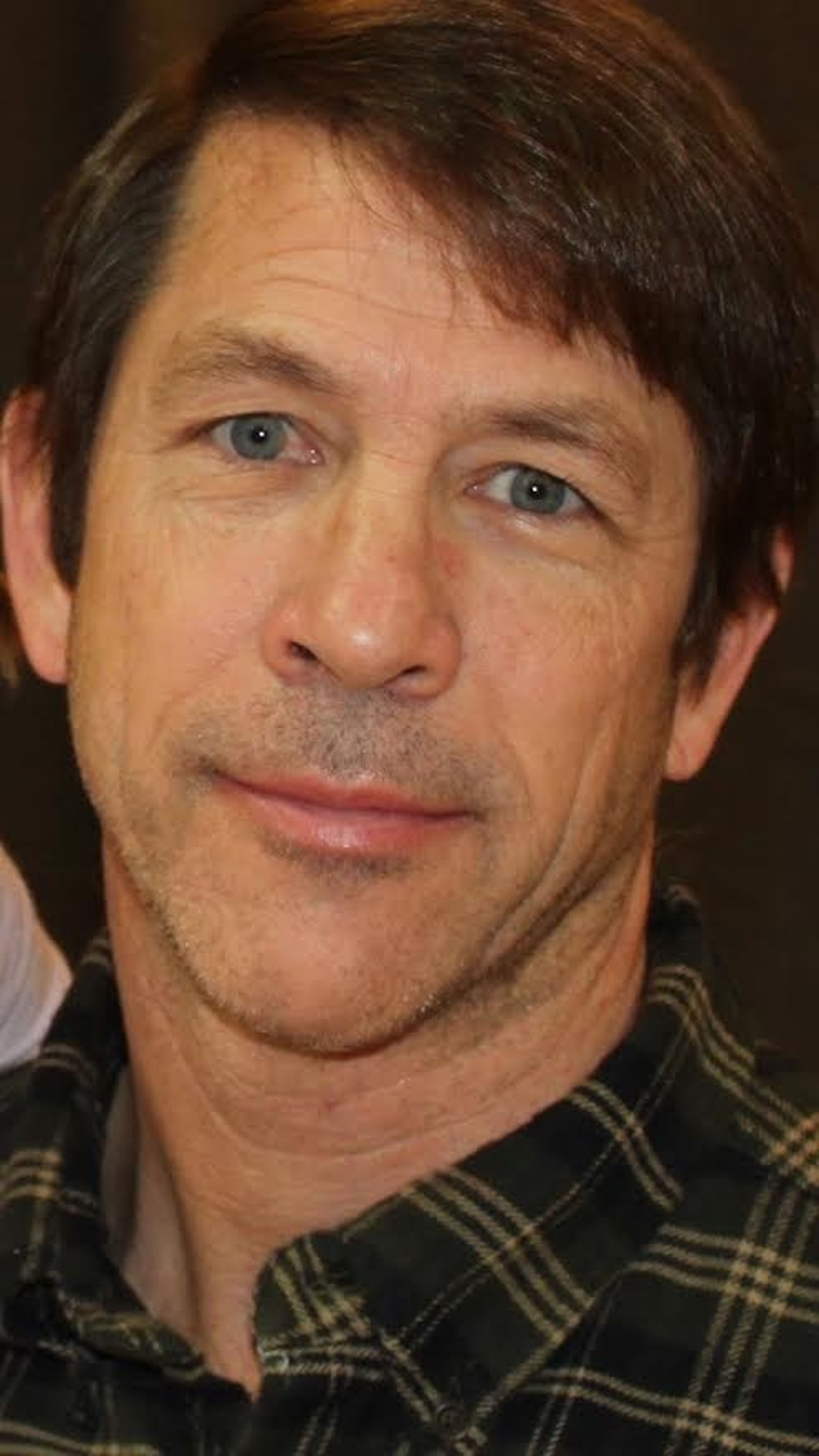In the last few months, a volley of accusation has been lobbed back and forth between those unhappy with the state of affairs at Washington State University and those who defend it. Central to the tension is declining enrollment since 2019, which is understandable given the pandemic.
But what is not understandable, the critics say, is the way WSU has not rebounded when other peer institutions have.
According to a column published in The Seattle Times, enrollment at both the University of Washington and Oregon State University increased during the year 2022-2023 by 3.2% and 15.5% respectively. Even the University of Idaho fared better, the column pointed out, where “freshman enrollment rose 17.6%,” during that same period of time.
They blamed the problem on leadership. Washington State University “is suffering a failure of leadership,” it claimed boldly and went on to explain why, pointing out that the university “has expanded administration at all campuses by about 18% with no apparent added value.” This might be right. But let me also propose that the problem has also to do with another issue altogether, namely quality of place.
Not only is Pullman unattractive but it is also remote. Several of the responses from the public to the charges mentioned the degree to which the city is difficult to reach, “an isolated small town in the middle of the Palouse.” Which wouldn’t be so bad and can indeed be charming if it wasn’t also for the fact that “it is hard to get to” and offers “little opportunity after” graduation for those who wish to stay and earn practical training. That it still takes a bus ride almost 10 hours to get to Seattle, and at odd hours, is, at this day and age, downright bizarre. We can practically go to the moon and back in less time than that. The alternatives are either car or airplane, both very expensive and outside the means of the average citizen, including faculty living on limited budgets.
Solve that problem and watch the enrollment problem go away. Afterward build a town with which to retain students and attract smart and creative faculty. Start by renovating the old steam plant, currently tragically doing nothing but serving as an icon of inertia and lack of imagination. Proceed by translating the new design into an opportunity for linking campus to downtown, featuring indoor and outdoor spaces designed to break down disciplinary barriers and invite collaboration. Take that energy and spread it out, toward Reaney Park and downtown and beyond. Along the way figure out a way to alleviate the difficulty of climbing engineering hill, currently the main culprit in keeping campus population from migrating downtown and supporting businesses.
It should come as no surprise by now that students and their parents choose college at least in part because of location. Cost and reputation naturally come first, but quickly thereafter it is beauty and cultural richness that attract their attention. Labs and exciting teachers may be important but equally so are the moments spent between classes and on the weekends. In a survey conducted by College Matchpoint, a research company focusing on issues related to higher education, respondents said that size and location mattered to them, with 72% preferring urban colleges over suburban or rural, not because of superior education but because of activities that will help them cultivate a social identity.
Downtown Pullman offers very little of that. Even with the recent changes underway, it will continue to look and feel vacant, spatially and culturally. In a survey conducted by the city of Pullman tracking tourist activities, “there were far more responses to weaknesses than strengths.” Of the complaints, a few stand out, largely centered around “dilapidated buildings,” one-way streets and “lack of retail diversity.” Pullman may be attractive to a certain group of people, but hardly so to 20-year-olds, or for that matter intellectually active faculty who, after a certain hour, naturally want to enjoy continuing conversation developed in the classroom elsewhere.
Neither the University of Washington nor Oregon State University are doing better because they are beacons of academic excellence, although both are solid institutions, but because they sit in a thriving and visually compelling built environment. Drive through downtown Corvallis and it is hard not to want to stop and have a meal, talk to the locals, shop, look at art. By comparison, there isn’t a single gallery in downtown Pullman.
There is only so much that a university president and a provost can do to appeal to students. Unless able to lower tuition and cut education by a year or two, which is not likely to happen any time soon, they are limited in their capacity to sing and dance. Students and parents have options and these days, more than ever, they are siding with those that offer a diversity of rich urban encounters. Time lost criticizing upper administration would be better spent to helping Pullman build a better town.
Rahmani is a professor of architecture at Washington State University where he teaches courses in design and theory.








